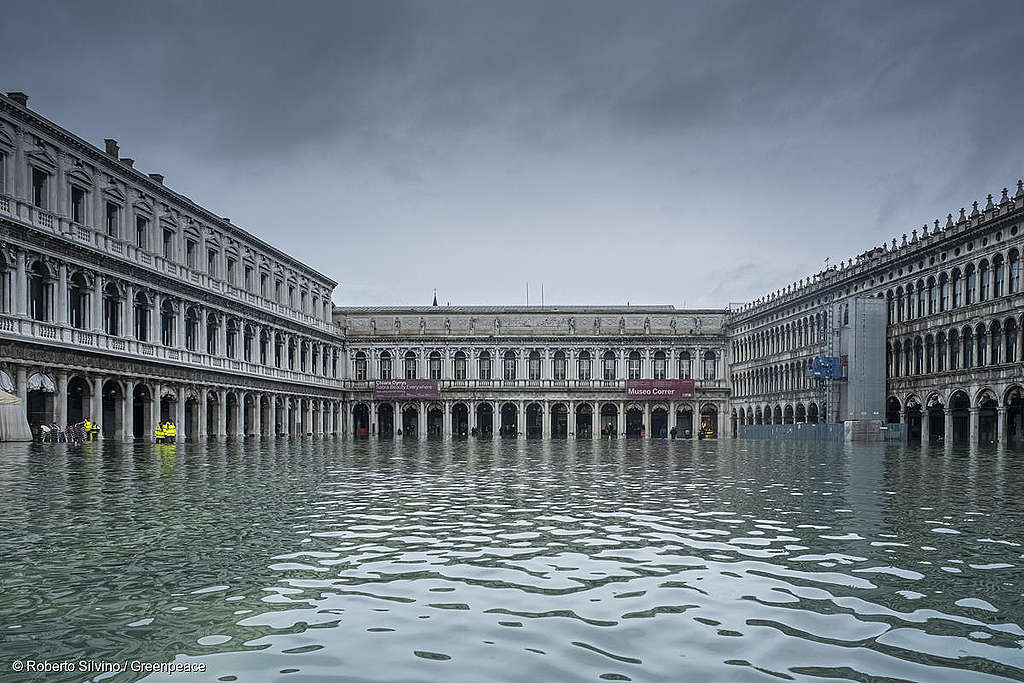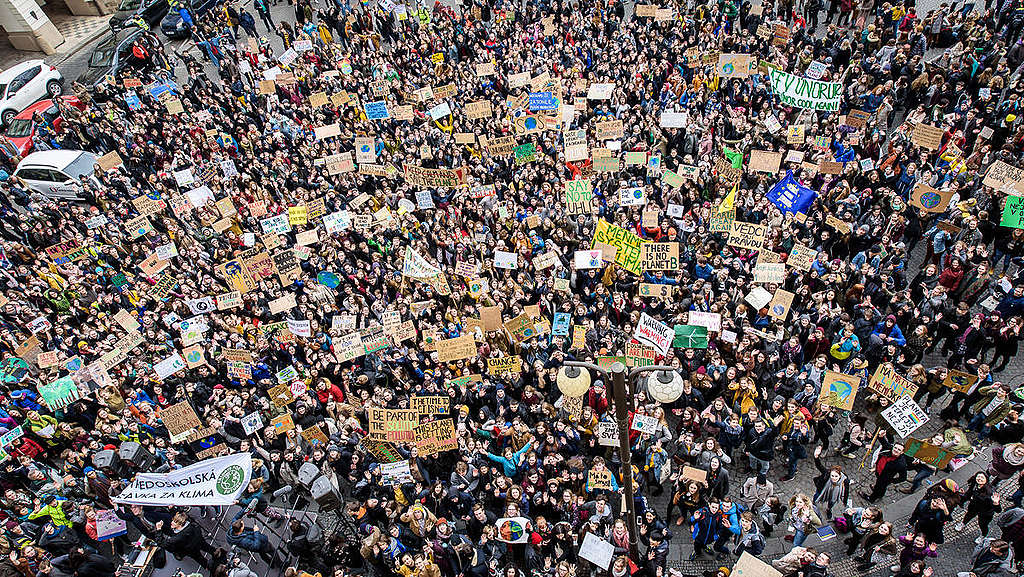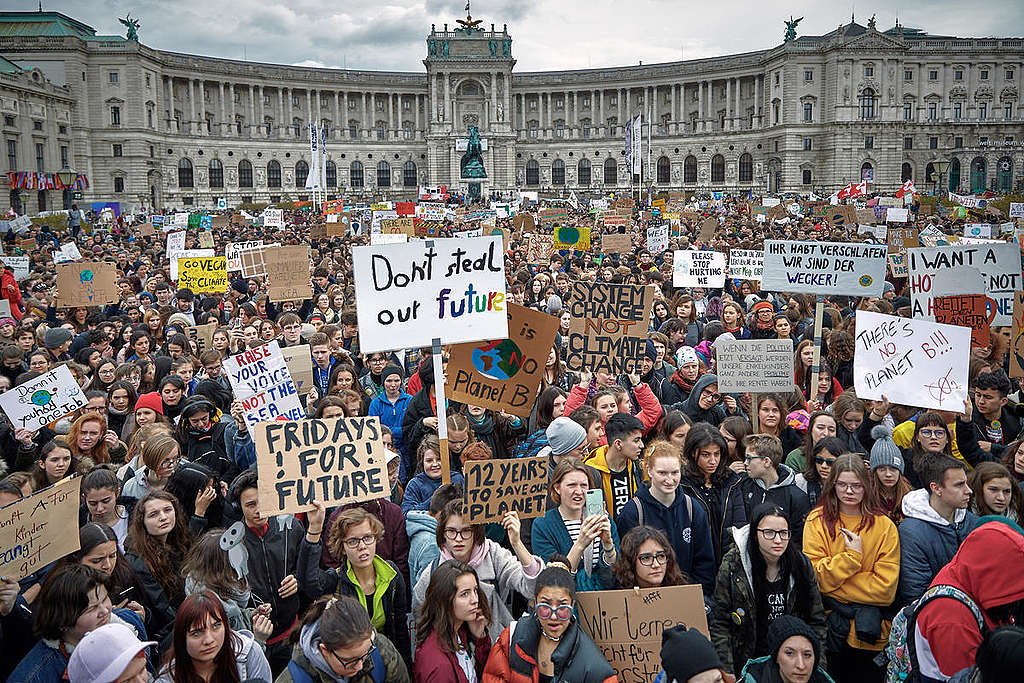In a world where the US and China are focused on trade wars, and the US is withdrawing from the Paris climate agreement, Europeans have the most opportunities to push our leaders to take real climate action. The European Union is one of the three largest economic powers in the world, together with the US and China. And we are responsible for 22% of historic greenhouse gas emissions
. So we bear great responsibility to act on the climate crisis.
Next week the @EU_Commission will unveil an #EUClimateLaw
Will it make governments act now or allow them to delay? pic.twitter.com/ODTLYe18Wh — Greenpeace EU (@GreenpeaceEU) February 28, 2020
If done well, the EU climate law and the European Green Deal could be excellent tools for tackling the climate emergency.
But a saw is useless if the blade is dull. And a climate law is useless if the emissions targets are not strong enough.
What’s wrong?
European Commission president, Ursula von der Leyen, has said that
responding to the climate and ecological emergency is the most pressing
issue facing the EU. She promised a European Green Dealin the Commission’s first 100 days, with a new EU climate law at its heart. On Wednesday, the 4th of March she will unveil the climate law.
We have seen from a leaked document that the climate law text says that the European Green Deal sets out “a new growth strategy” for Europe, but the European Environment Agency (EEA)
is warning that “Europe will not achieve its sustainability vision of ‘living well within the limits of the planet’ by continuing to promote economic growth and seeking to manage the environmental and social impacts”.

The EU can do better.
The Climate Law will focus on a net-zero emissions target by 2050, but that’s too late. We need a strong 2030 emissions reduction target. Some of our governments already support a 55% emission reduction by 2030 (compared to 1990 emissions). But that will lead to more than 2ºC of heating.
Two governments, the Danish and the Finnish, already have national targets that would keep the warming to 1.5ºC. But we need an EU commitment of at least 65% emission reductions by 2030. And this commitment must be on the table well before the UN Climate Summit in Glasgow in November. Otherwise we risk jeopardizing the whole Paris agreement.
In addition, it doesn’t make sense to set targets with one hand, and subsidize climate killers with the other. The draft Climate Law as far as we know:
- Won’t include plans to phase out subsidies for fossil fuels and other climate-damaging sectors, such as airlines, airports and industrial agriculture.
- Will fail to address the political influence and greenwashing of the fossil fuel industry.
- Will not recognise the growing impact of animal farming on the EU’s greenhouse gases, now accounting for a share of 12-17%
- .
- Will fail to phase out of new petrol and diesel cars. Greenpeace believes this should happen by 2028. Measures to accelerate the shift from cars and planes to alternatives like walking, cycling, train travel and public transport should be included in the law.

says that this is three times too little. Most of the money is already part of the EU budget or comes from the private sector.
The Sustainable Investment Plan has very few requirements attached, so it could actually provide subsidies to fossil fuel and nuclear projects and countries that have not yet committed to a coal phase-out by 2030 and a fossil fuel phase-out by 2040. Just €7.5 billion of the total amount excludes fossil fuel subsidies.
Who decides?
It might sound like the EU Climate Law, the EU emissions reductions
targets, and the European Green Deal are decided by bureaucrats in big
buildings in Brussels we usually only ever see on the news. Wrong. The
decisions are made much closer to us: in our national capitals.It is quite right that the European Commission makes the proposal and that the European Parliament discusses it and hopefully makes it better. In the end it is the European Council that has the most power in the final decision. And the European Council is nobody other than our own Heads of States and government.
What can you do?

- Join a march on Friday,

No comments:
Post a Comment
Note: Only a member of this blog may post a comment.